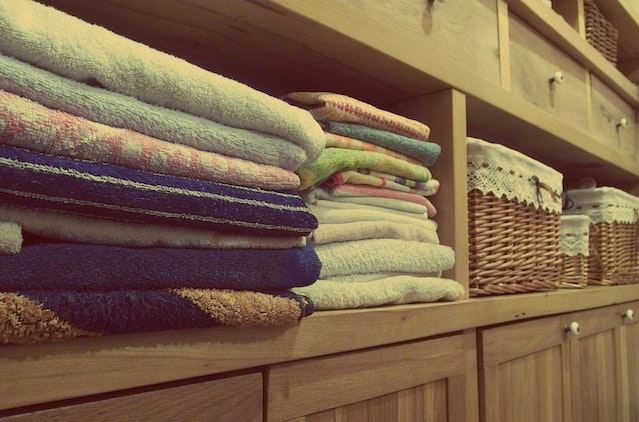Obsessive-compulsive disorder, or OCD, is a mental health disorder that operates in a cycle of obsessions, anxiety, and compulsions. The obsessions are intrusive thoughts that cause anxiety and discomfort. At times, those obsessions can become debilitating. Compulsions are repetitive actions used as the system’s response to ease anxiety and deal with the obsessions.
What this cycle looks like for any person can be different based on what subtype or theme their OCD follows. One of those themes is symmetry and order. This is common among those living with OCD. Somewhere between 36% and 50% of adults experience this subtype of OCD.
Symmetry OCD
OCD focusing on symmetry and order will typically be referred to as symmetry OCD. Symmetry is “made up of exactly similar parts facing each other or around an axis.” Two or more items should be identical to each other to maintain a status quo.
With OCD, that symmetry focus causes a fixation on things being symmetrical, whether it is behaviors or physical objects. When things don’t fall into alignment or order properly, it can cause anxiety and discomfort. There can be magical thinking with their stress like something bad will happen if their obsessions aren’t addressed.
A person’s OCD will dictate “rules” that need to be followed to maintain a sense of calm. Compulsions can focus on ordering to ensure things are aligned and following the rules of the OCD.
Each person’s experience with their symptoms may be different and the severity of those symptoms may vary. Many people suffer from a lot of stress and anxiety related to their obsessions, while others consider it a reasonable part of life.

Obsessions with Symmetry OCD
With symmetry OCD, there is an overwhelming need to have items look and feel balanced. This can apply to bed pillows, book arrangements, clothing in a closet, or food on a plate. It doesn’t matter if it’s at home or work or even a friend’s house, the urge for symmetrical balance is there.
Aside from items, this also applies to behaviors. There needs to be a correct alignment when sitting in a chair or equal pressure on each foot when walking. Both hands need to be used when reaching for items or picking something up.
When the urges are ignored or items are unbalanced, a sense of fear or dread that something bad will happen starts to set in. For some, it may present as a feeling of incompleteness if the symmetrical alignment isn’t there.
Compulsions with Symmetry OCD
Just as obsessions may present differently, so can compulsions. Regardless of the presentation, the person experiencing them will feel motivated to carry them out no matter how logical or illogical they seem. Depending on what the compulsions are, it could be very time-consuming and debilitating.
Compulsions tend to focus on the ordering of items to meet a sense of perfect symmetry. Sometimes the ordering may be by size, by color, or in groups. Each person’s mind dictates the rules of their OCD and what the correct order should be.
Some compulsions may revolve around evening up items or behaviors. Even space needs to be between items. Certain behaviors, like checking the door is locked, are done multiple times before moving on. By needing to fulfill these compulsions however many times, it’s easy to see how this can become very time-consuming.
What to do with Symmetry OCD
What causes OCD or the symmetry subtype is presently unknown. As symptoms progress, it can become harder to control. If you are experiencing symmetry and ordering with your OCD, getting treatment can be a step to taking back some control. Contact us today to discuss your options for anxiety therapy or ocd treatment.





